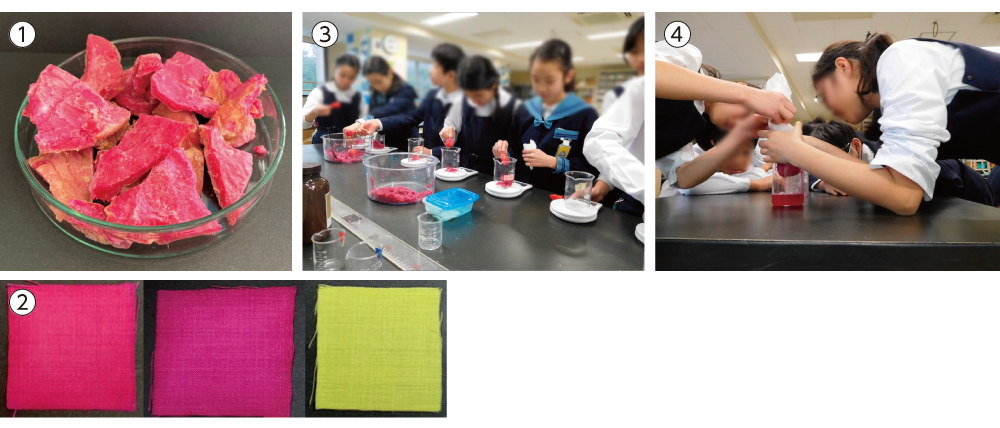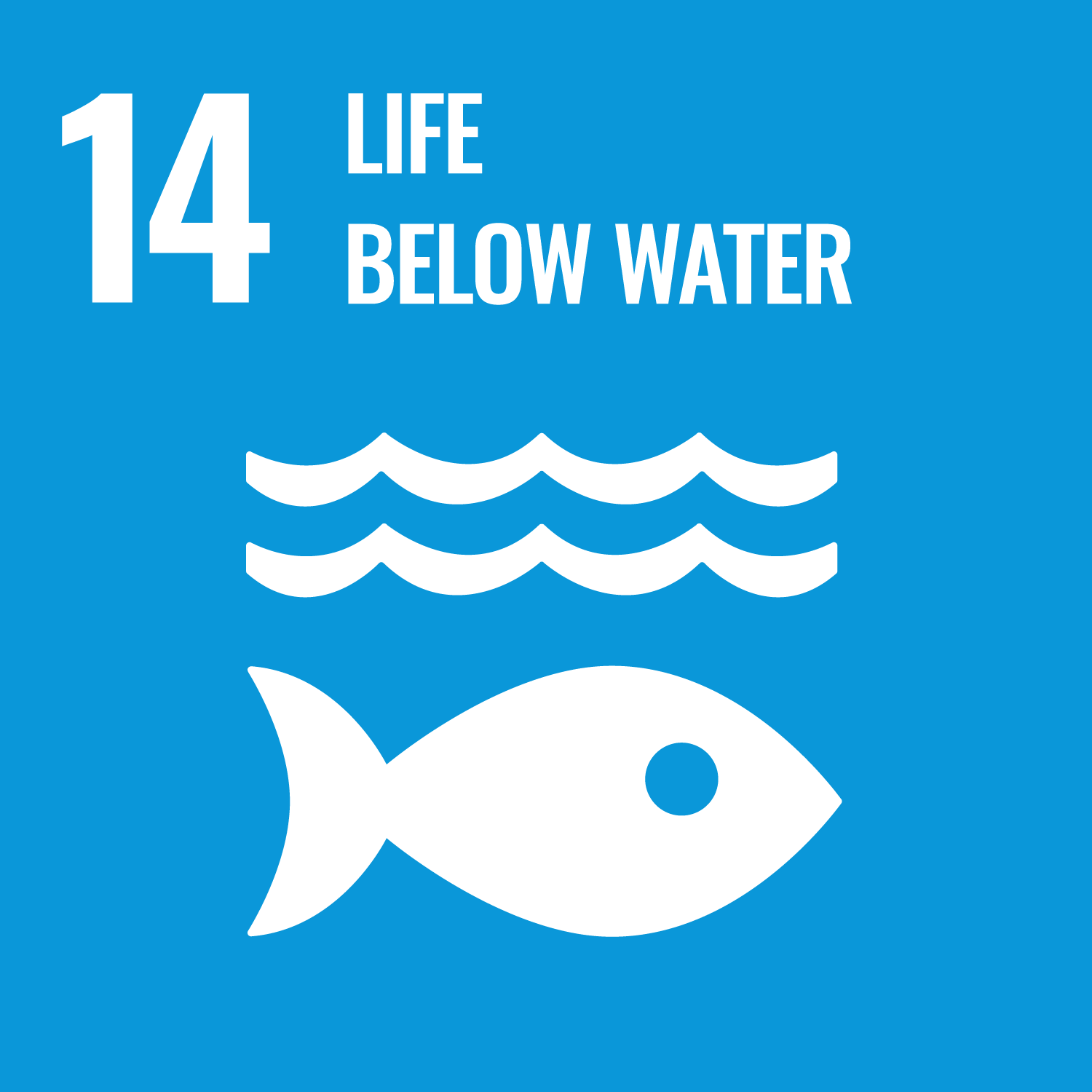Development of a staining method using dragon fruit rind and its use in science classes
Faculty of Education Teacher Science Education
Home Economics Education
NISHIKORI Hisashi
SETO Fusako
TSUCHIDA Satoshi
Background and objectives of activities
The use of dragon fruit as a food has been increasing in recent years, but the rind is often discarded after the fruit is picked. If the pigments contained in the thick, red rind can be used to dye textiles and other products, it would add value to the discarded rind. In addition, by using plants unique to the region for educational purposes, interest in nature, science, and the environment will be fostered.
Summary of Activities
The dragon fruit is a fruit native to the tropics and is also cultivated in Kagoshima Prefecture, mainly on the islands. We are developing a dyeing method for textiles by extracting pigments from the remaining rind after the fruit is removed. They are also working to develop classes that make the most of local characteristics by using dyeing methods that use less hazardous reagents as teaching materials for science experiments.

Expected Benefits
To reduce the amount of fruit peels that are discarded by finding practical value in them. Contribute to science education that fosters interest in the natural environment by stimulating interest in waste and chemicals through the use of teaching materials that take advantage of regional characteristics.
















